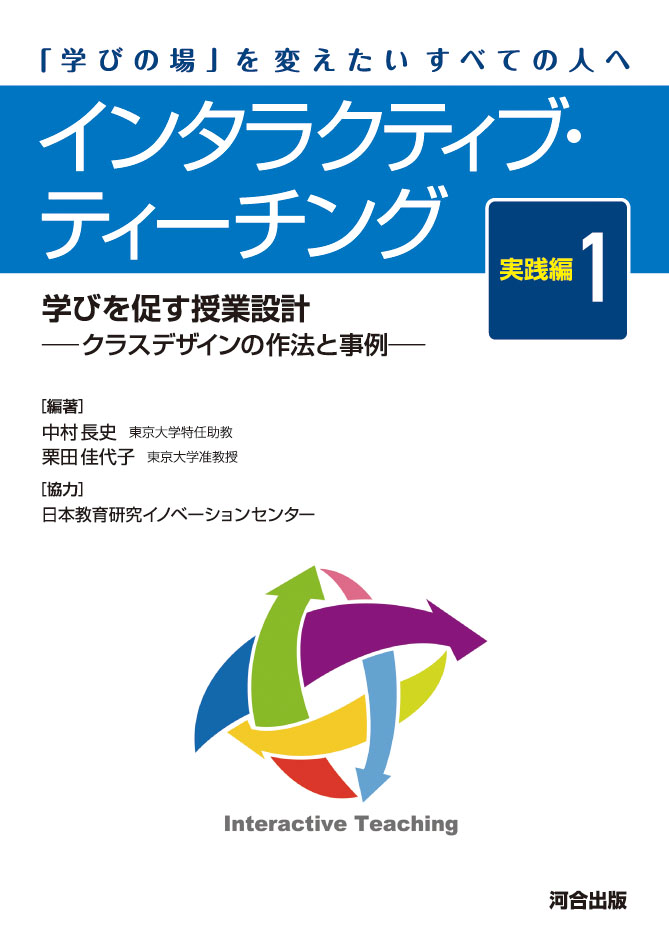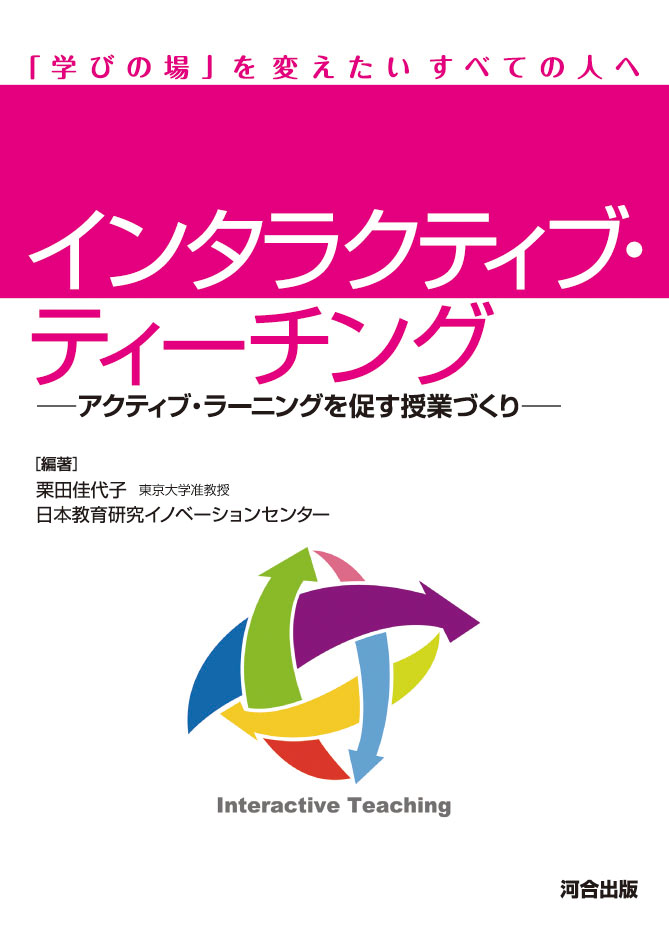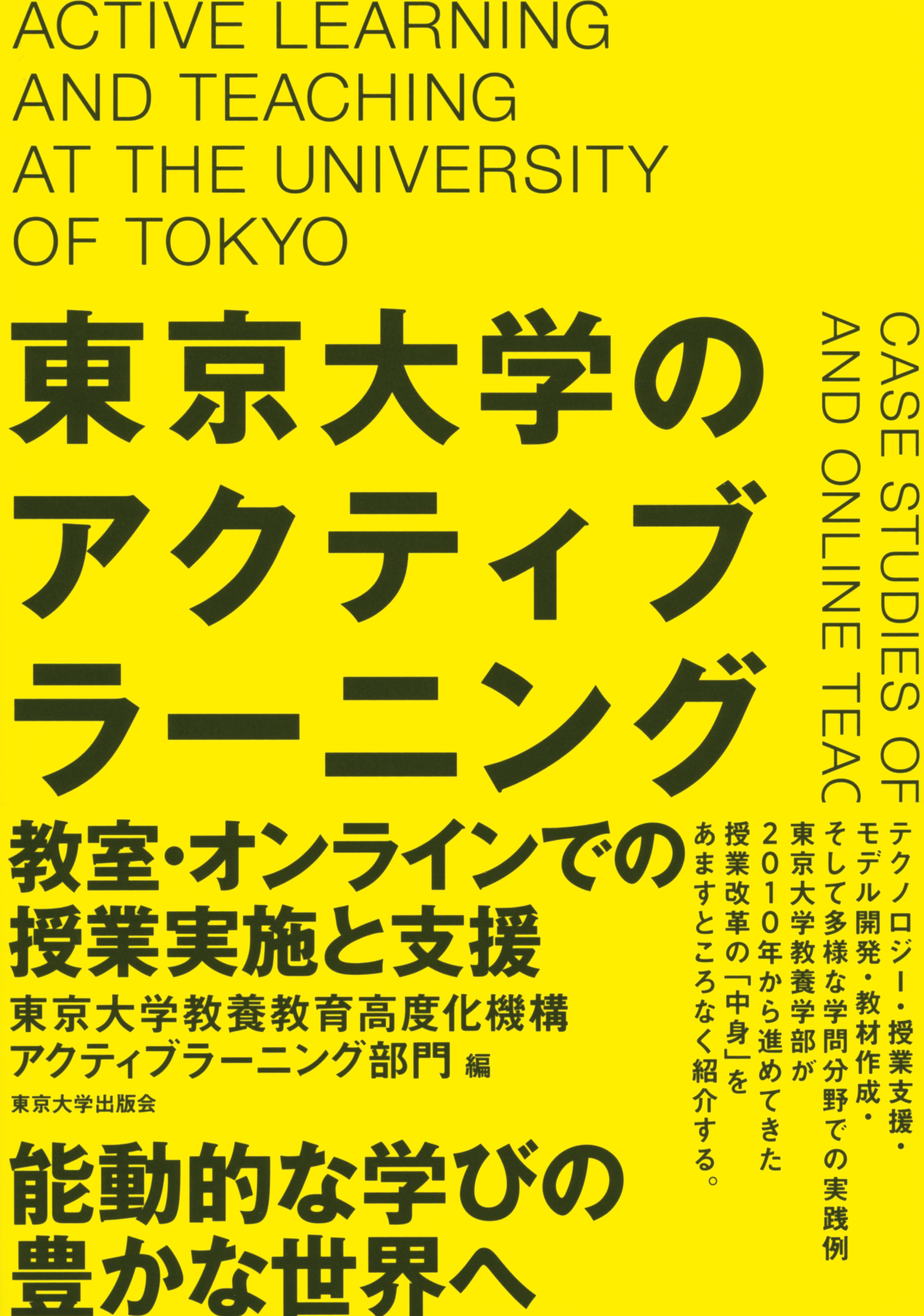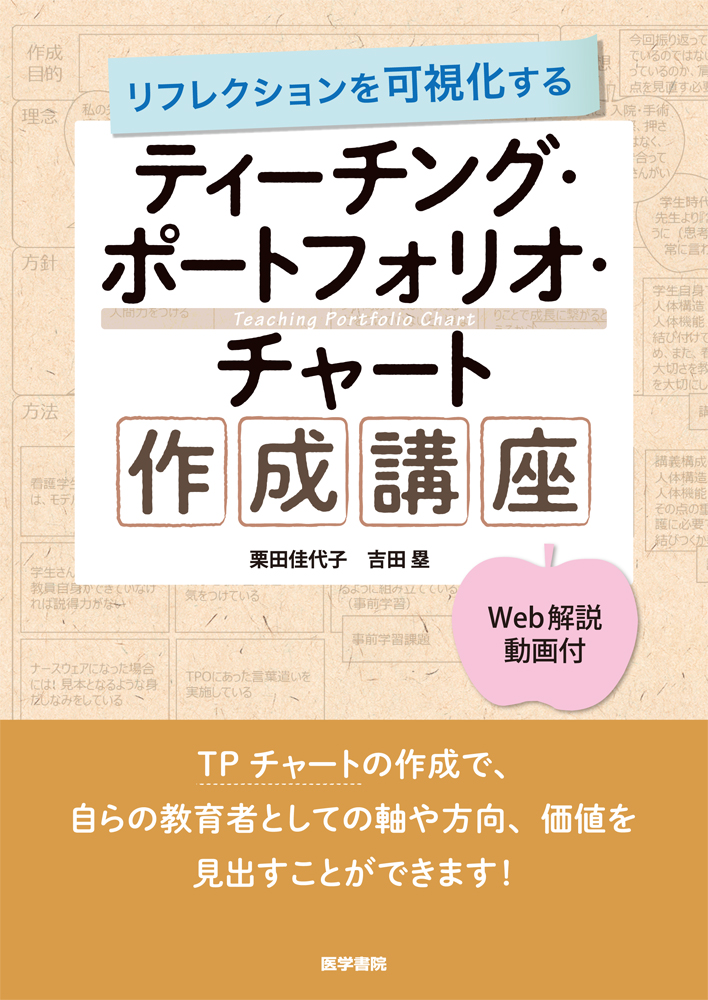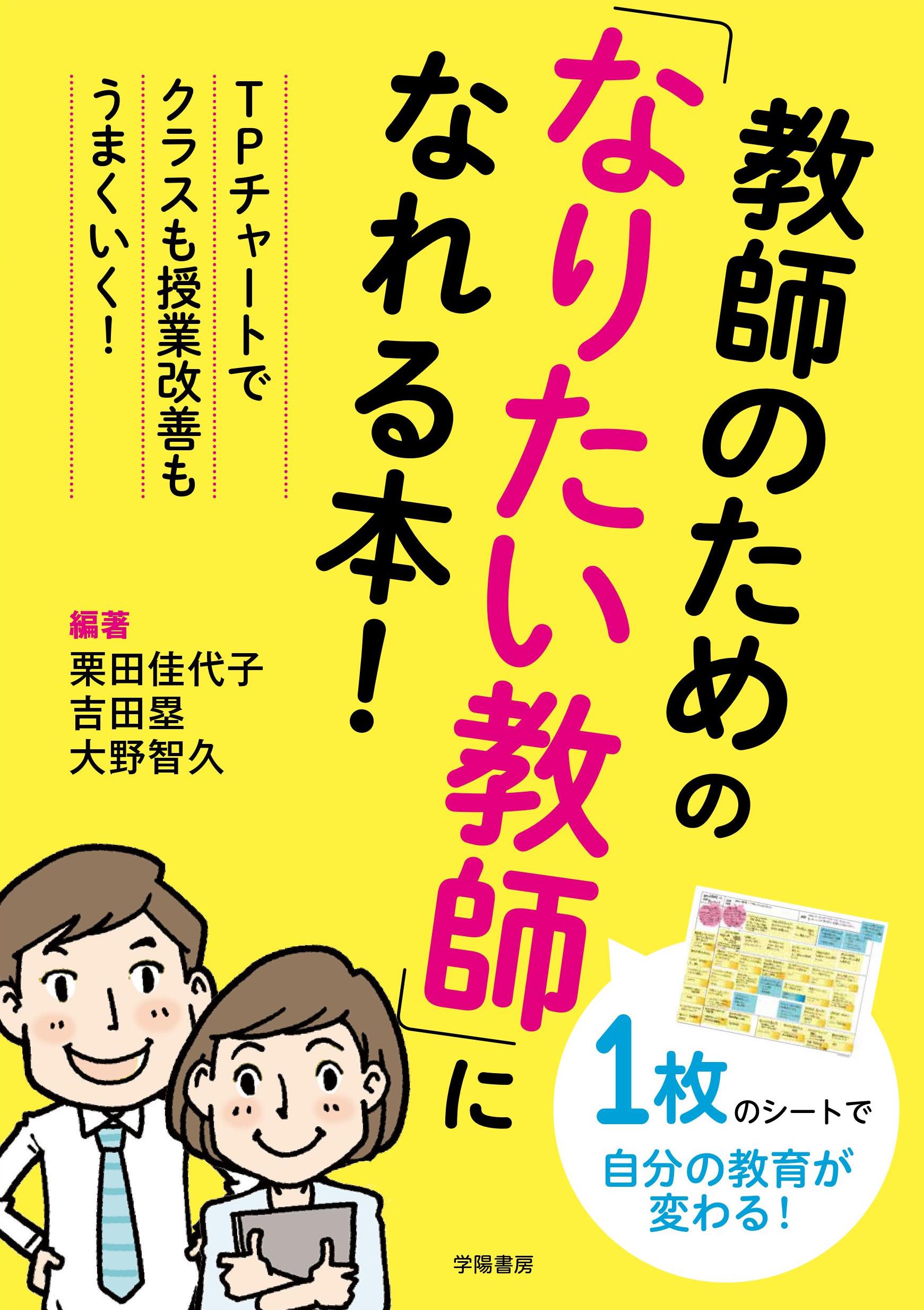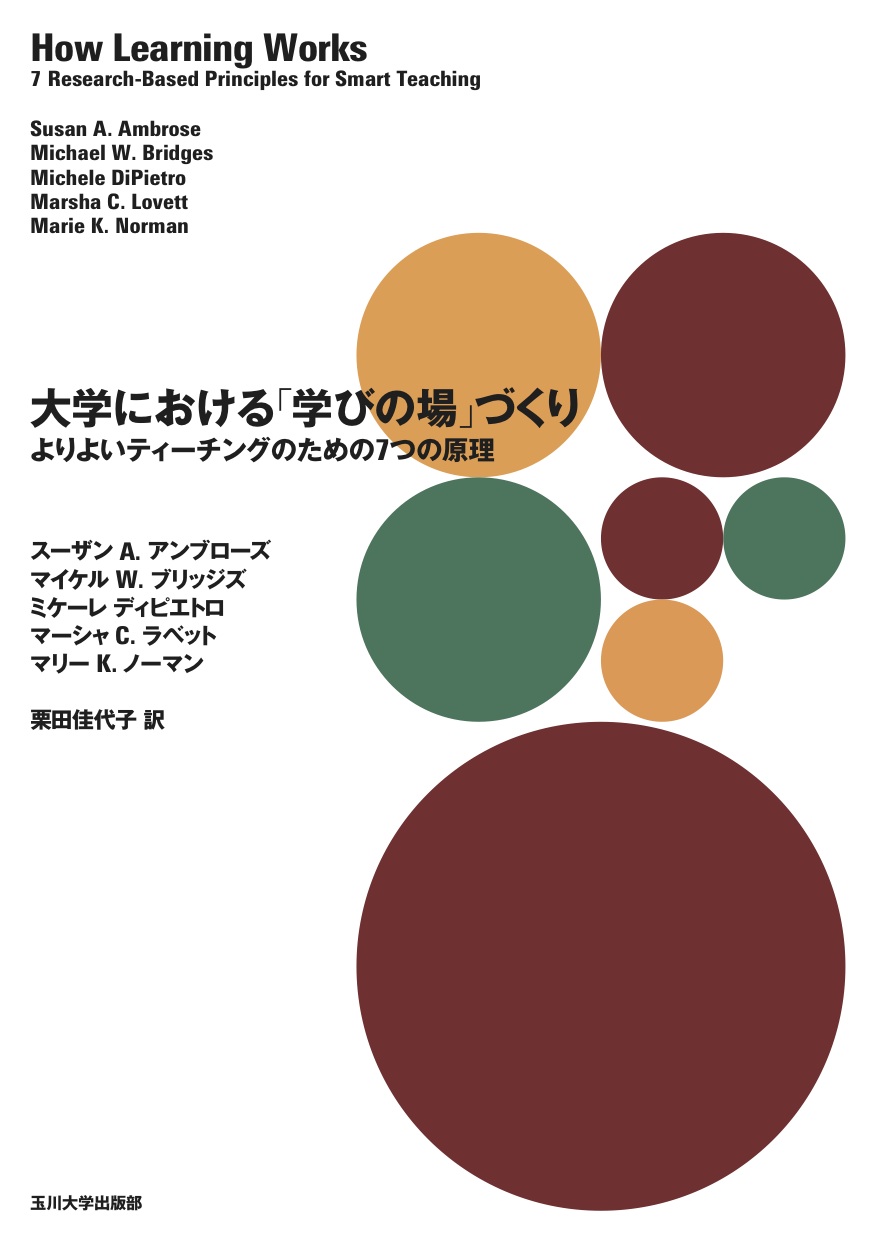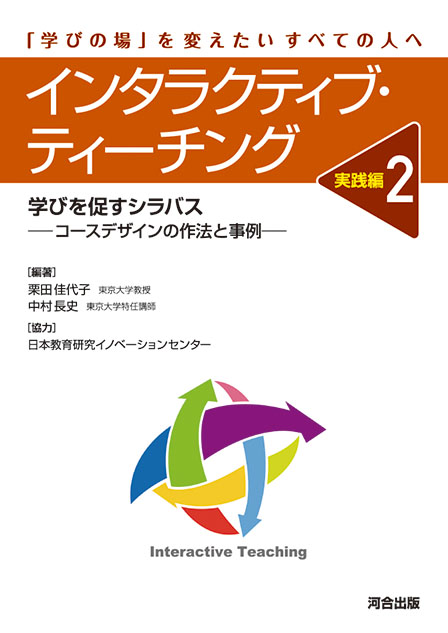
Title
Interactive Teaching: Jissen-hen 2 (Interactive Teaching: Practice, Volume 2: A Syllabus That Encourages Learning – Course design techniques and examples)
Size
88 pages, B5 format
Language
Japanese
Released
June 20, 2023
ISBN
978-4-7772-2717-4
Published by
KAWAI Publishing
Book Info
See Book Availability at Library
Japanese Page
Education is currently at a major turning point, and we are in a period of transition from “how (teachers) taught” to “how (learners) learned.” In other words, learner-centered education will be needed hereafter. “Active Learning” is a term related to such education. It generally refers to “education that is not one-way,” as it is an approach to learning that considers the learner's perspective. Taking this into account, how can teachers create a space where such “Active Learning” functions? The answer is “interactive teaching,” which is also the title of this volume. “Interactive teaching” is a teaching method that emphasizes interactions to enable learners to learn independently.
Contents concerning this teaching method have been produced as an online course called “Interactive Teaching,” which is provided on a learning platform called Coursera. These contents have already been published as a book with the same title.
This volume has been written as a bridge intended to make learning contents more “your own” and make the knowledge practical. It is based on the contents of a workshop called the “Interactive Teaching” Academy, which uses this “interactive teaching” as preparatory material. “Week 5: Let’s write a more practical syllabus” of “Interactive Teaching” is used to allow for more detailed learning.
In this volume, we regard the syllabus as a lesson design tool, and we learn how to design a single lesson systematically. In Chapter 1, you first learn about the syllabus, and in Chapter 2, you learn how to design a course according to a method called Backward Design. As part of this approach, we focus on key points regarding how to set goals, how to assess, and how to structure class contents. In Chapter 3, we introduce a graphic syllabus, a tool that visualizes the structure of class contents and promotes systematization. Thus, we learn how to create one with actual examples. Chapter 4 contains examples of syllabi for a variety of subjects. It includes materials that introduce the process of conducting face-to-face courses aimed at creating and improving syllabi.
Undergraduate students may consider the syllabus to be little more than material for choosing a class, but by learning about familiar syllabi from the perspective of this lesson design tool, you can study another way of learning, namely, learning “how to teach” from the classes you will take in the future. Moreover, the graphic syllabus introduced in this volume can be used not only for lesson design but also for designing study sessions and projects to learn other topics. If you are interested in designing a program for conveying or learning something, please peruse it.
(Written by KURITA Kayoko, Professor, Graduate School of Education / 2023)
Related Info
coursera: Kayoko Kurita “Interactive Teaching”
https://www.coursera.org/learn/interactive-teaching



 Find a book
Find a book


